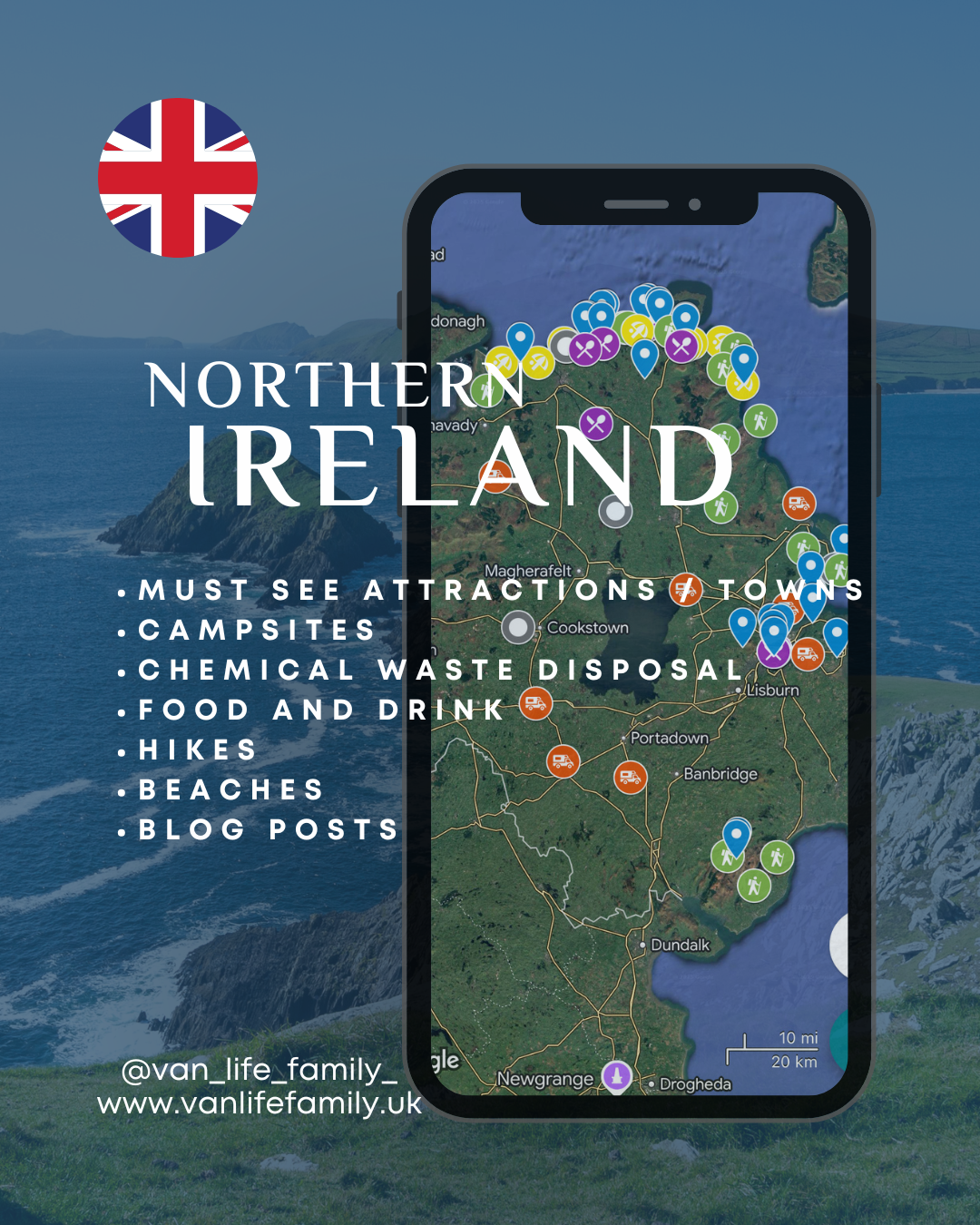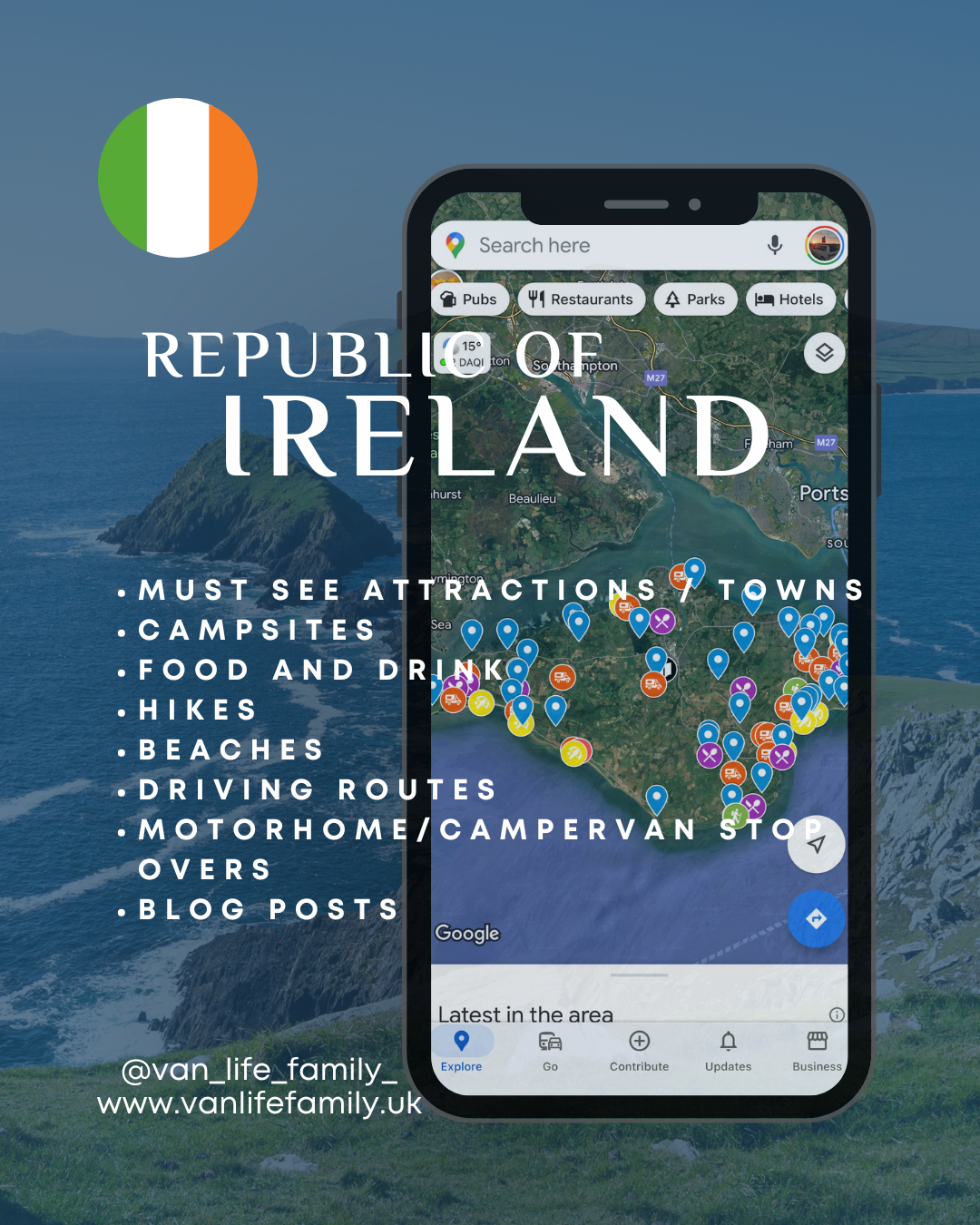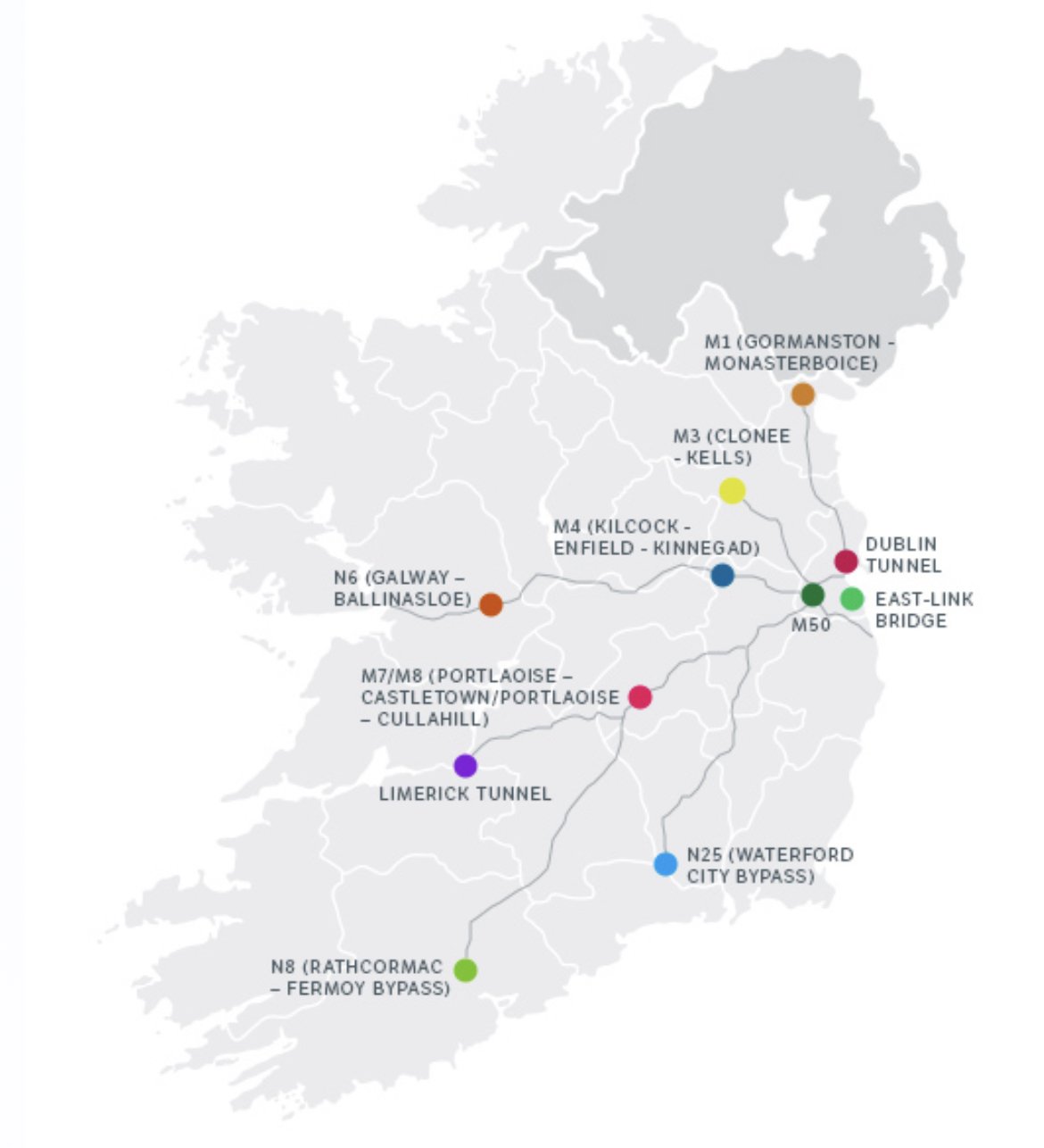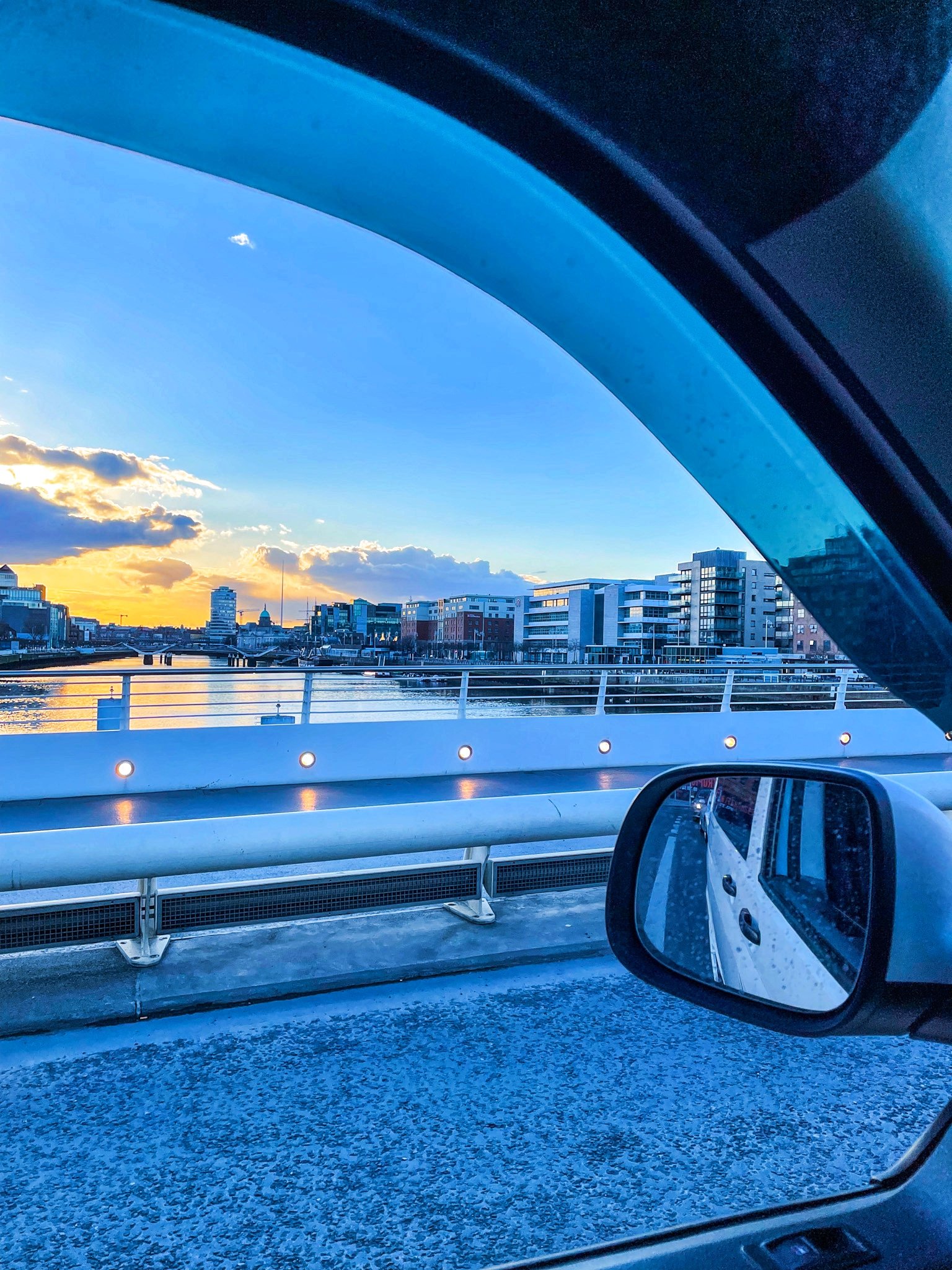A Complete Guide for Travelling to the Republic of Ireland in your Campervan, or Motorhome.
Embarking on a road trip with a campervan is a thrilling way to explore new destinations and create lifelong memories. When it comes to breathtaking landscapes, rich history and warm hospitality, few places can rival the captivating allure of the Republic of Ireland. Whether you're a seasoned road warrior or a first-time campervan traveller, taking your home-on-wheels from Great Britain to the Emerald Isle opens up a world of possibilities. In this comprehensive blog, we will delve into all the practicalities you need to know about embarking on an unforgettable campervan adventure to Ireland. If you are looking for How to Make the Most of 48 Hours in Dublin with Your Campervan, you can find more information here.
Do I need a passport to travel from GB to the Republic of Ireland?
Ireland, along with the UK, is a member of the Common Travel Area. British nationals travelling from the UK do not need a passport to visit Ireland. However, Irish immigration officers will check the ID of all passengers arriving from the UK and may ask for proof of nationality, particularly if you were born outside the UK. You can read more here. If you have a British passport then it is worth taking it with you. If not, your driving licence as proof of ID.
Do pet dogs need a pet passport to travel from GB to the Republic of Ireland?
The UK’s departure from the EU has resulted in a change in the rules for pet travel between Ireland and the UK. You can no longer use a pet passport issued in Great Britain (England, Wales and Scotland) for travel to an EU country. You can read more about the latest guidance here.
When travelling to an EU country, your pet will need:
a microchip
a valid rabies vaccination
an Animal Health Certificate (AHC) - unless you have a pet passport issued in an EU country or Northern Ireland
tapeworm treatment for dogs if you are travelling directly to Finland, Ireland, Northern Ireland, Norway or Malta. (Please note: you do NOT need tapeworm for going from Ireland to Britain.)
The requirements from travel between Great Britain to Northern Ireland (non EU) and Ireland (EU) have changed and may change again due to Brexit negotiations. Please find the most recent guidance in plenty of time before you are due to leave for the Republic of Ireland.
Other useful things you might need to know about vanlife in Ireland:
As in the UK, motorists drive on the left-hand-side of the road in the Republic of Ireland and overtake on the right.
Unlike Northern Ireland and the rest of the UK where drivers drive in mph, in the Republic of Ireland speed is measured in km/h (like most of Europe). The speed limits for vehicles under 3.5 tones are as follows:
Motorways- 120km/h (74mph)
National roads/ dual carriageways- 100 km/h (62 mph)
Regional roads- 80km/h (50mph)
Built up areas- 50 km/h (31 mph)
You do not need to display a UK vehicle sticker / number plate. You can read more information here.
There are eleven toll roads in the Republic of Ireland, all of which will work with a Toll Tag Account. You can find where they all are here.
Ten of Ireland’s eleven toll roads have regular barrier toll plazas and you can pay there (with cash) as you pass through. Find out more information about how you pay tolls in Ireland here.
Emergency Numbers: 112 is the number you’ll need to dial for emergency services. 999 works also works.
Language: You’ll predominantly find people talking Irish Gaelic and/or English.
Currency: Euros in Southern Ireland, GBP (British Pound) in NI. You can compare the best place to convert your money here.
Timezone: Same as the UK.
Green card: From 2nd August 2021, drivers no longer require an insurance green card for taking their vehicles to Ireland. However, it is worth checking with your insurance provider to find out how much cover you will have. Not all policies will give the same level of cover overseas that you have in the UK.
Buy your Google Map guide to the Republic of Ireland here. It includes:
Campsite recommendations, must see attractions and towns, chemical disposal points, beaches, hikes, food and drink recommendations, driving routes and blog post links.











